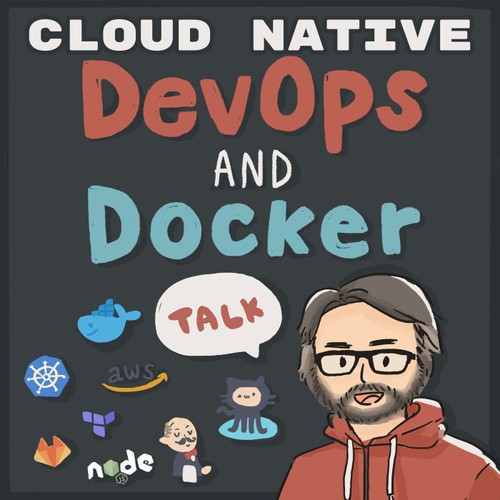
 DevOps and Docker Talk: Cloud Native Interviews and Tooling
DevOps and Docker Talk: Cloud Native Interviews and Tooling Dockerfiles have versions?
4 snips
Dec 29, 2023 In this podcast, Beth Fisher, the producer, and Bret Fisher, the host, discuss the evolution of Dockerfiles and the importance of versioning. They explain the benefits of using the latest Dockerfile parser and Docker front ends, highlight the challenges of Docker engine versions, and explore new features in Docker file front ends. They also talk about the significance of the syntax line, Dockerfile versions, and efficient image updates with the 'ad' command.
Chapters
Transcript
Episode notes
1 2 3 4 5
Introduction
00:00 • 2min
Understanding the Evolution of Dockerfiles with the Introduction of Build Kit
02:14 • 2min
The Significance of Docker Engine Versions and Docker Front Ends in Building Docker Images
04:36 • 2min
Importance of Syntax Line and Dockerfile Versions
06:45 • 7min
Efficient and Fast Image Updates with the 'ad' Command in Docker files
13:44 • 2min
